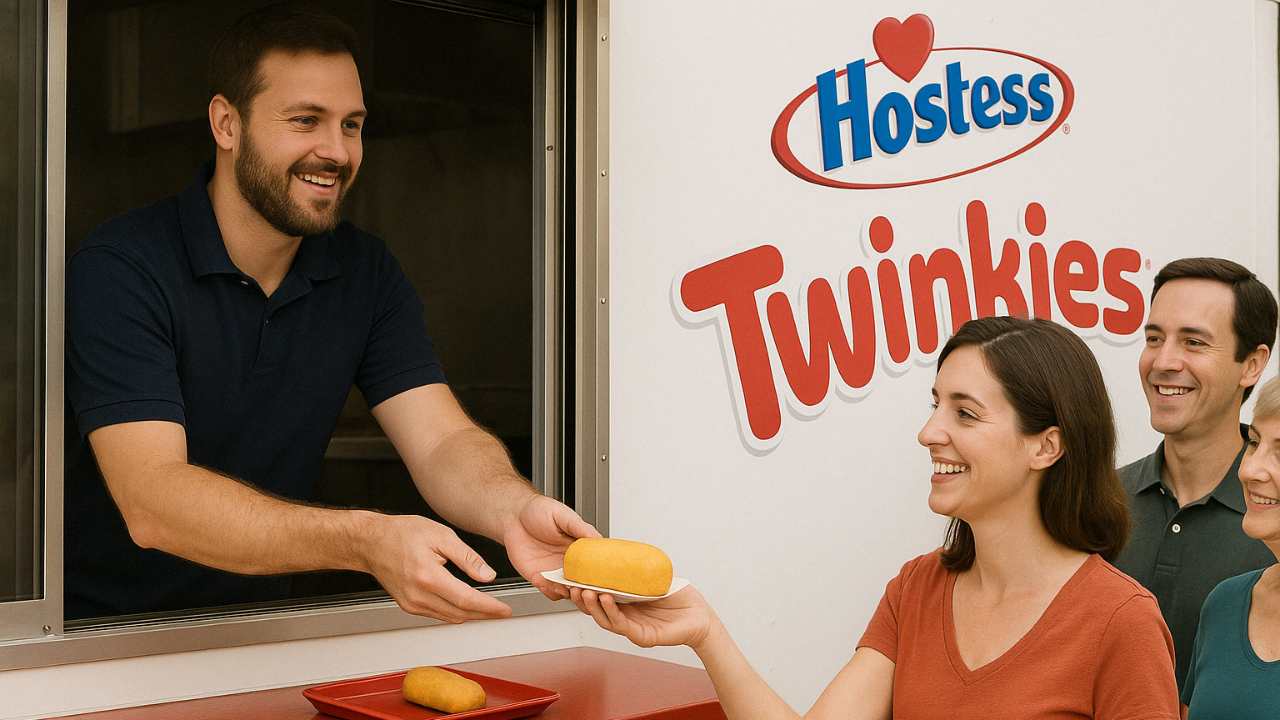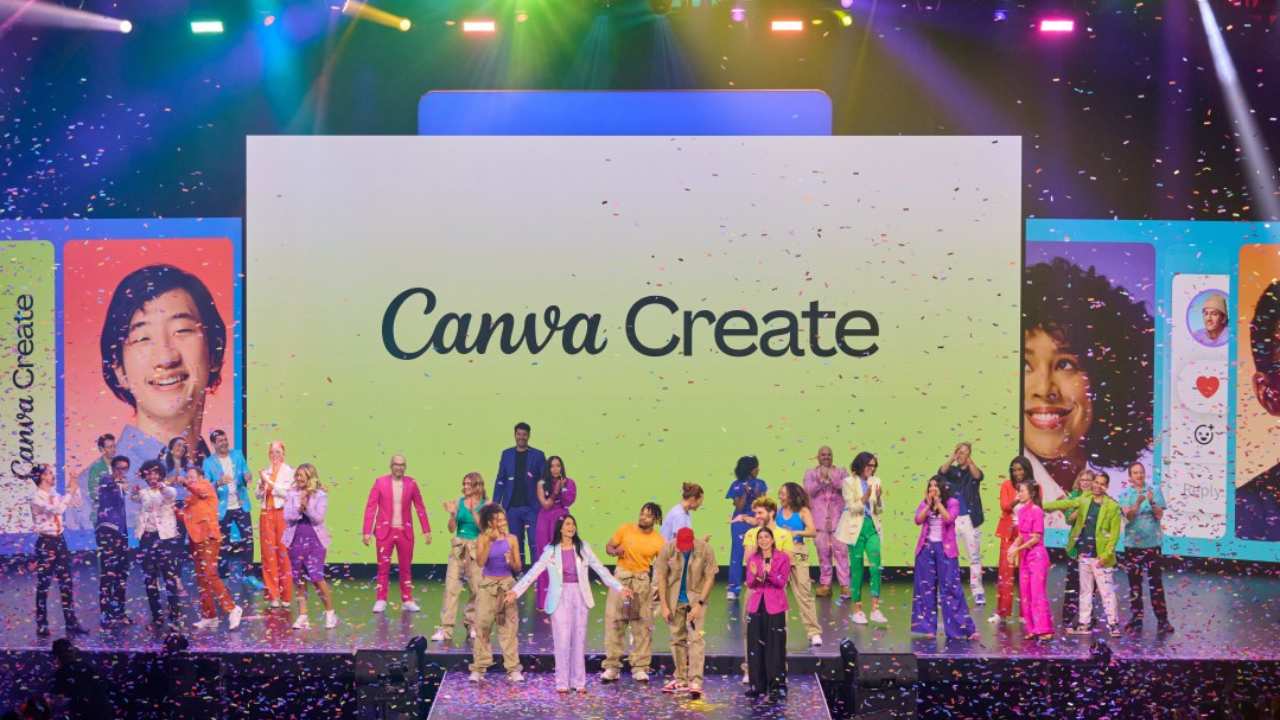
When you think of a food pantry you might think of some volunteers serving paper plates of spaghetti to the hungry in a local neighborhood.
There’s a lot more – powered by technology.
At the Suite World user conference Hackathon, I spoke with Peggy Duvette, Vice President of Oracle NetSuite Social Impact and Carly Nessom, Social Impact Project Manager, Oracle NetSuite.
Both non-profit businesses and for-profit businesses leverage technology to better serve their customers, save money and work more efficiently.

However, the one main difference is that non-profits, the more they save money and can leverage technology the more good they can do in the world. The more mouths they can feed, in the case of Capital Area Food Bank, the more lives they can improve.
Before using Oracle NetSuite, Capital Area Food Bank had siloed systems which didn’t talk to each other. When systems can’t talk to each other this means areas of the business can’t communicate.
In the case of Capital Area Food Bank they couldn’t efficiently get a good handle on inventory, anticipate client demand, manage their volunteers and more.

With systems communicating with each other this organization can now save money with food, more efficiently serve their clients, enhance their reporting and so much more.
Brent Leary, founder of CRM Essentials, said siloed systems, lead to siloed answers. Companies – be they non-profit organizations or for profit succeed better with systems that communicate with each other.
Here’s a few ways non-profits can use technology to further their mission:
- Digital Fundraising: Use online platforms and payment gateways to facilitate donations. Platforms like GoFundMe, Kickstarter, or specialized software like Blackbaud can streamline the fundraising process.
- Social Media Engagement: Maintain an active presence on platforms like Facebook, Twitter, and Instagram. This allows for real-time updates, increased visibility, engagement with supporters, and the dissemination of campaigns and events.
- Database Management: Implement CRM (Customer Relationship Management) software tailored for nonprofits, like Salesforce Nonprofit Success Pack or NeonCRM. This helps in tracking donors, volunteers, and stakeholders efficiently.
- Online Training and Workshops: Use platforms like Zoom, Microsoft Teams, or Google Meet to conduct training sessions, workshops, or webinars. This increases accessibility for those who can’t be physically present.
- Remote Collaboration: Cloud-based tools like Google Workspace or Microsoft 365 allow team members to work together in real-time, irrespective of their physical location.
- Analytics: Utilize data analytics tools to gauge the effectiveness of campaigns, website traffic, and donor engagement. Google Analytics, for instance, can provide insights into which content or campaigns are most effective.
- Mobile Apps: Develop or utilize mobile apps for tasks like event check-ins, instant notifications, volunteer sign-ups, or to provide resources and information to beneficiaries.
- Automation: Use software to automate repetitive tasks like email marketing (e.g., Mailchimp), donor acknowledgments, and appointment reminders.
- Interactive Content: Utilize interactive content such as videos, infographics, and podcasts to convey your message and stories. This can help in engaging the audience and making a greater impact.
- Virtual Reality (VR) and Augmented Reality (AR): These can be used for immersive storytelling. For instance, showing donors a VR experience of the community they’re helping can create a more profound connection and understanding of the causel










